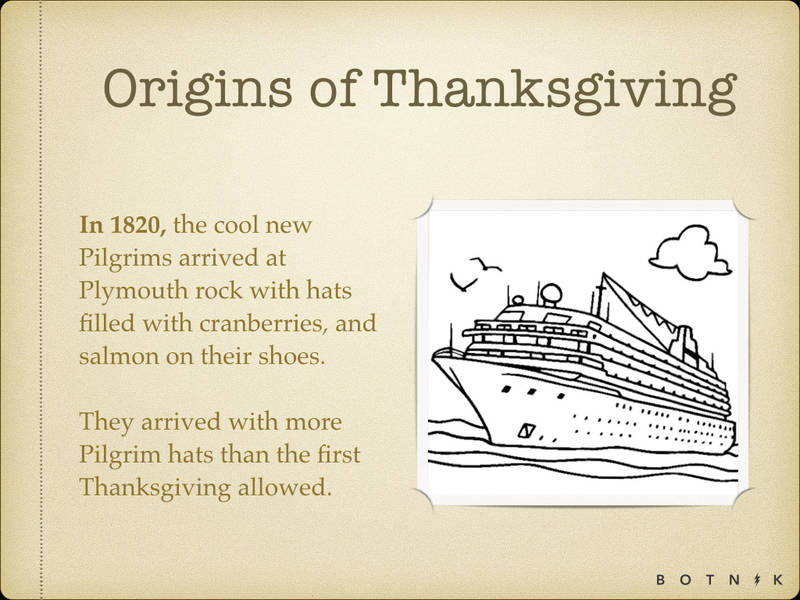

Included in the event was a feast, supplied with game by the Spaniards and with fish by the natives of the region. After recuperating for 10 days, Oñate ordered a day of thanksgiving for the survival of the expedition. The Rio Grande was the salvation of the expedition, however. Two horses drank until their stomachs burst, and two others drowned in the river in their haste to consume as much water as possible. Both animals and humans almost went mad with thirst before the party reached water. On one occasion, a chance rain shower saved the parched colonists.įinally, for the last five days of the march before reaching the Rio Grande, the expedition ran out of both food and water, forcing the men, women and children to seek roots and other scarce desert vegetation to eat. Then the hardship was reversed, and the travelers suffered greatly from the dry weather. First, seven consecutive days of rain made travel miserable. Almost from the beginning of the 50-day march, nature challenged the Spaniards. (The trail blazed by Zaldívar has become the route of the modern highway between Chihuahua City and El Paso.)īy early March 1598, Oñate's expedition of 500 people, including soldiers, colonists, wives and children and 7,000 head of livestock, was ready to cross the treacherous Chihuahuan Desert.

No mention of the hardships was made, however, when he made his report to Oñate. Zaldívar underwent many hardships, including capture by Indians, in carrying out his instructions. In the summer of 1597, Oñate sent Vicente de Zaldívar to blaze a wagon trail from Santa Barbara in southern Chihuahua, along which could be found adequate water supplies. To reach his new holdings, Oñate chose to bypass the traditional route that followed the Rio Conchos in present-day Mexico to the Rio Grande and then northward along the Rio Grande into New Mexico. The viceroy moved to a new post, however, and his successor was slow to grant Oñate permission to begin his expedition. He was granted land in the northern Rio Grande Valley among the Pueblo Indians by the viceroy of New Spain. But he wanted to carve an unquestioned place in history by leading an important expedition into unexplored land. Oñate, himself, had opened the mines of San Luis Potosí and performed many other services for the Spanish king.

His father had discovered and developed rich mines in Zacatecas, Mexico. Juan de Oñate was a member of a distinguished family that had loyally worked for the Spanish crown. The modern event, first observed in April 1989, commemorates a day of thanksgiving celebrated by Spanish explorer Juan de Oñate and his expedition on April 30, 1598. El Paso residents now claim the first Thanksgiving in North America. A new Thanksgiving tradition has taken root in Texas.


 0 kommentar(er)
0 kommentar(er)
